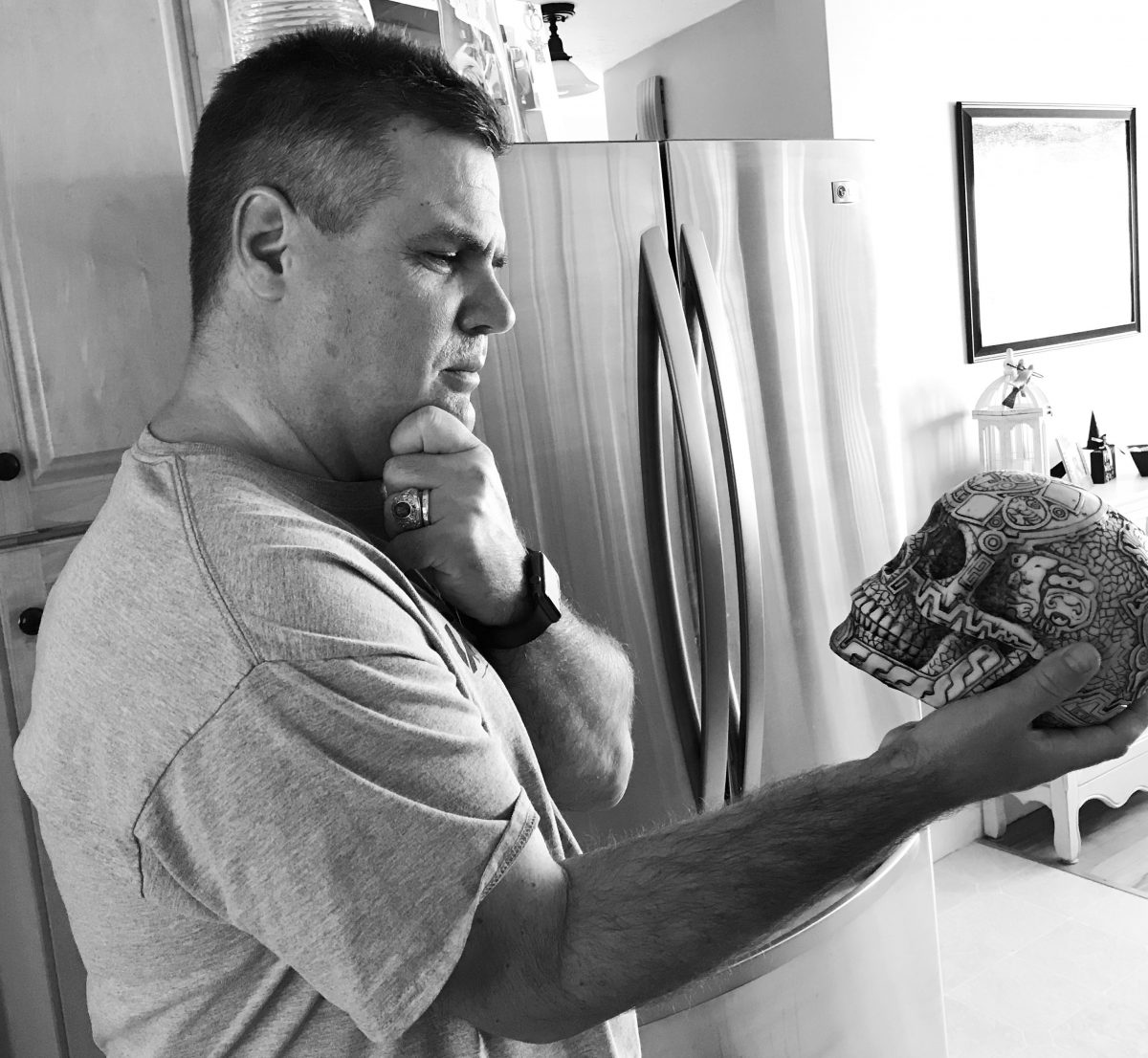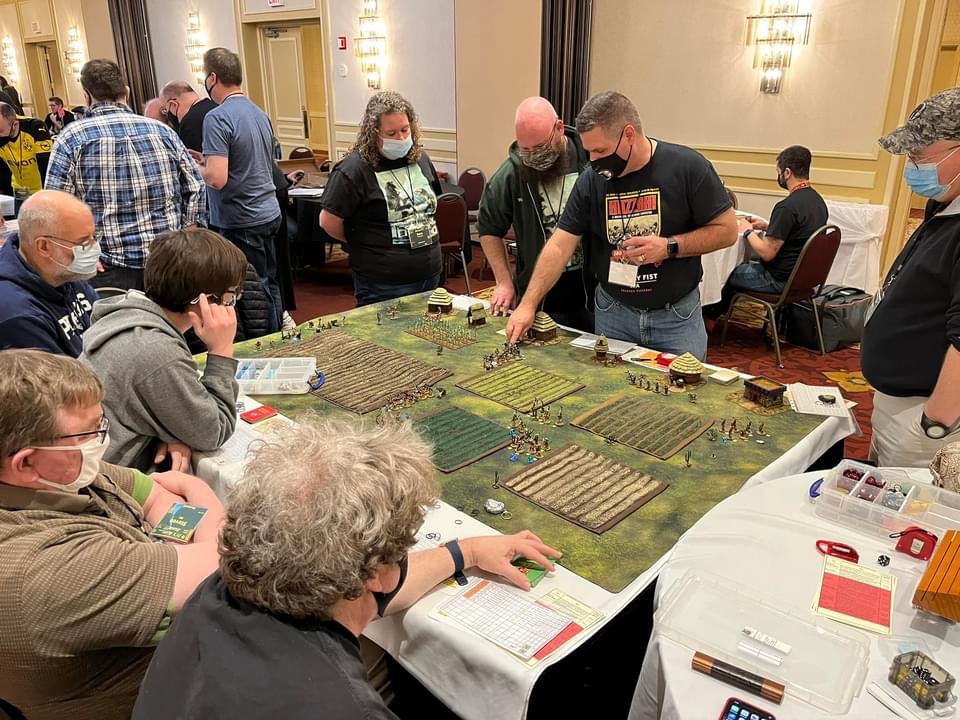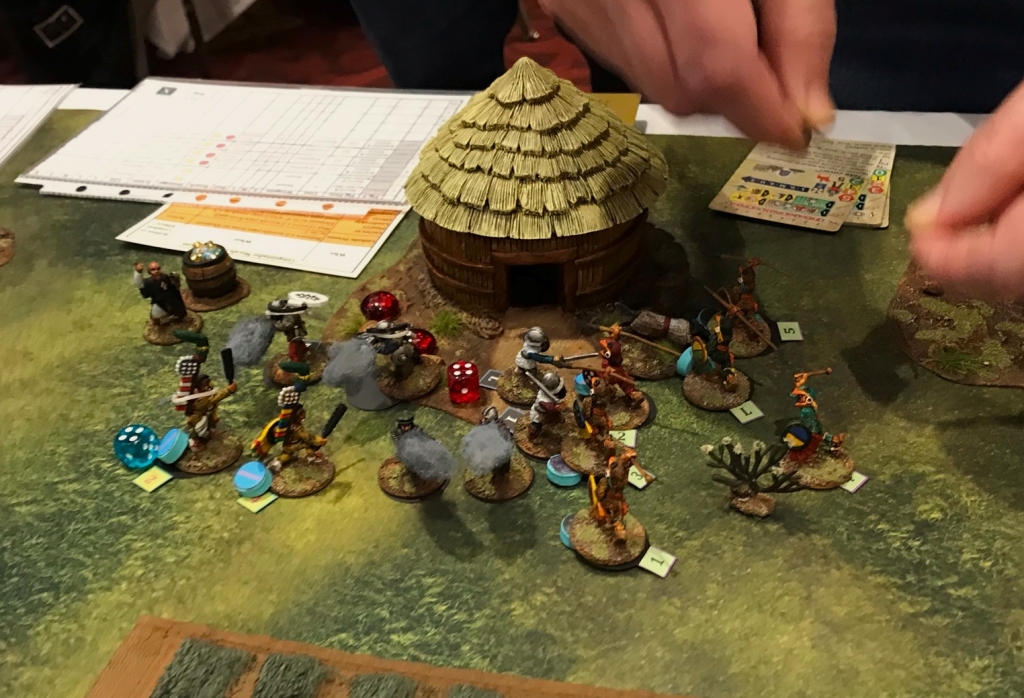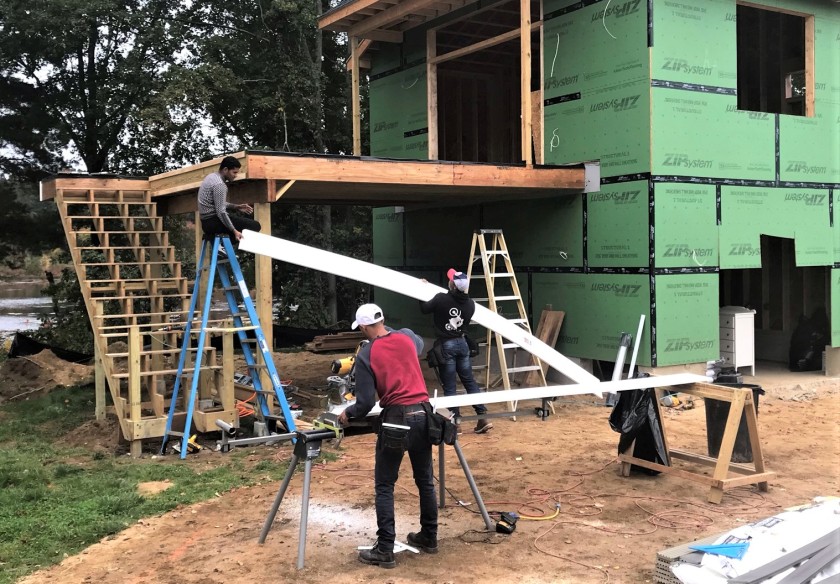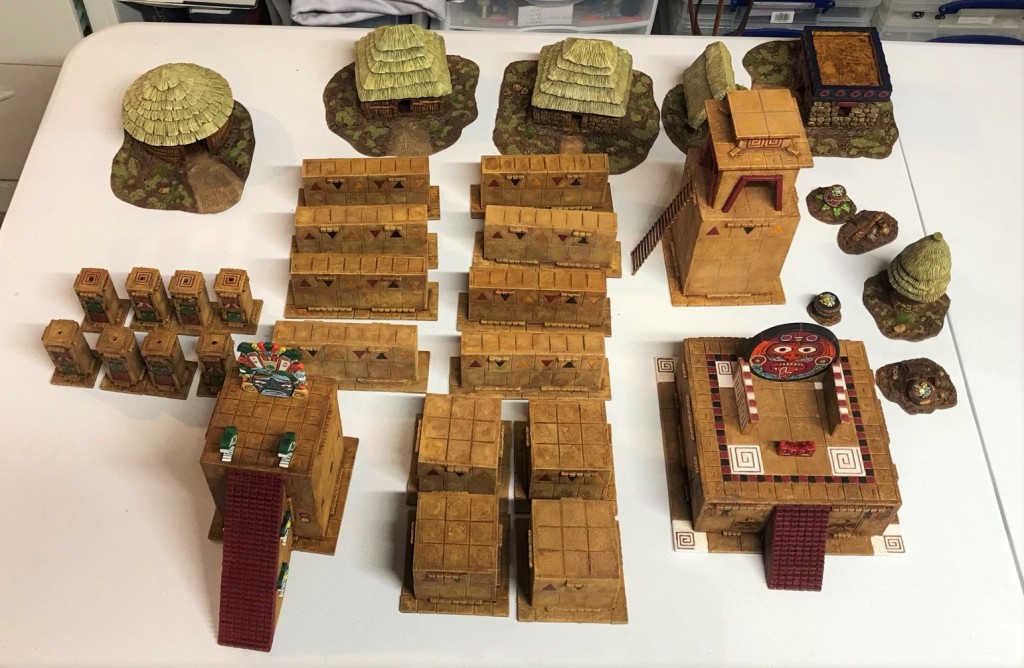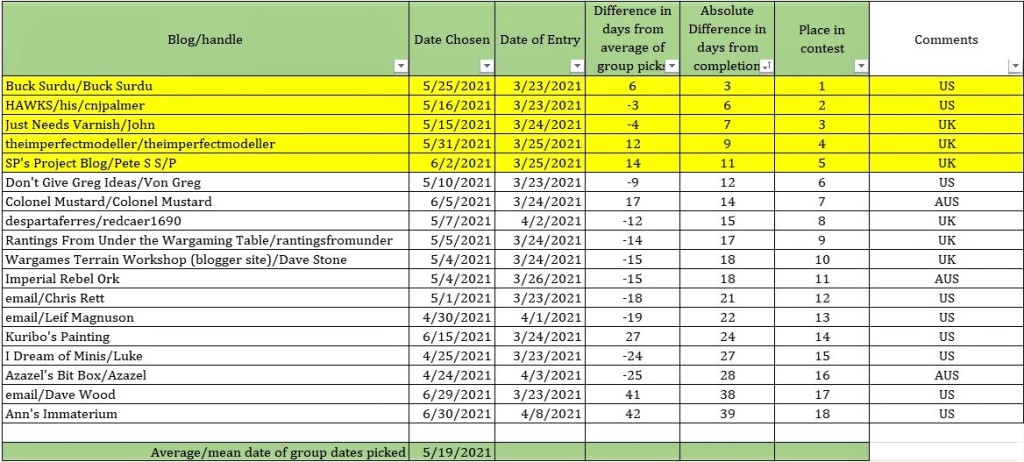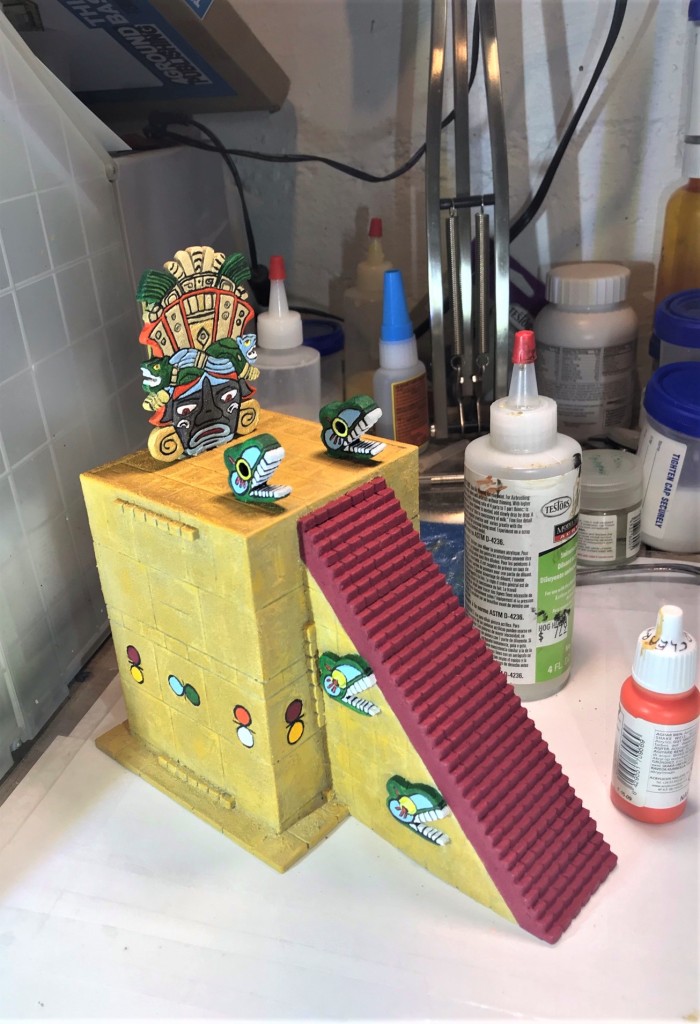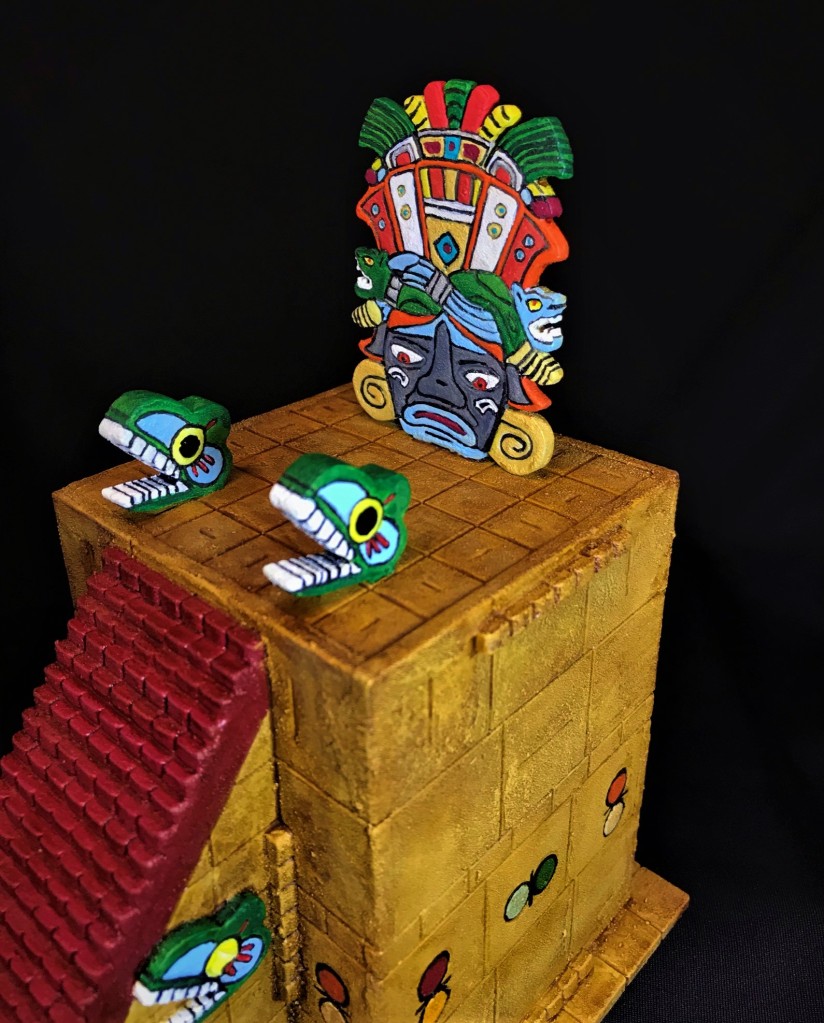This post covers the fourth and final game that I ran at TotalCon 36 in Marlboro, Massachusetts. The game is a scenario for The Battle of Otumba, which happened on July 7, 1520. I ran the game on the morning and early afternoon of Sunday, February 27th, 2022. As with my two previous Aztec games the rules that I used were Feudal Patrol™ with my Spanish Conquest rules supplement Civilizations Collide.

I designed the scenario itself to be short but intense. I will share some of the historical background as well as the the key components of the scenario. Then, I’ll share some photos and a narrative of the game as it was actually played at TotalCon 36.
Background: For almost two weeks, the troops under Cortes retreated across central Mexico – hoping to reach the safety of Tlaxcalan territory. All of the Spanish were wounded to some degree – many died each day from the wounds suffered during La Noche Triste and the subsequent skirmishes that occurred as the Aztecs, under Cuitlahuac, pursued them mercilessly. The Conquistadores found themselves on a small rocky outcropping – and according to Diaz nearly surrounded on two sides. They were just short of the mountain pass that would bring them to safety of Tlaxcala. They took up a position bristling with pikes and halberds upon on the rocky outcropping overlooking plains. The Aztecs rained missile fire upon the Spanish, and subjected them to numerous human wave attacks. The brutal end was near when Cortes noticed that the attacks were being coordinated by the cihuacoatl, the High Priest of Tenochtitlan, the Cihuacoatl Matlatzincátzin. He was the one who was acting as the Aztec General. This High Priest was using signalers and bannermen to coordinate the attacks. Cortes personally rounded up what remained of his cavalry and with great personal courage led a mounted charge towards the High Priest and his retinue. The Aztecs had never before faced a massed cavalry attack. While the hooves of the Spanish cavalry were previously unable to make such a charge on the smooth pavements of Tenochtitlan – at Otumba, they were able to make a classic cavalry attack. The charge succeeded in killing the High Priest and many of his officers. It was reported that Cortes himself dispatched the High Priest with his lance. With the death of their leader and disruption of his communications system, the Aztec attack faltered. It quickly fell apart without the command and control that the signals had provided. Cortes and what was left of his troops were able to escape to fight another day, and eventually conquer the Aztec Empire – but this battle could have changed the course of history. This game will last 5 turns and can accommodate 4-12 players on a 6’ x 4’ tabletop.
The map:


There are a few special rules in place for this scenario:
Special: The special rules for this scenario are based on the situation that both sides faced at the Battle of Otumba. The Spanish were fighting to survive, and were all wounded in some way or another by this point in time. The Aztecs were for once more concerned with the final annihilation of their enemy than with the prestige earned by taking them as prisoners. If any Spanish were still alive to be dragged off afterwards – fine – but for this battle it was a true do-or-die for both sides. The most important special rules for this scenario are:
- Each Conquistador (humans and war dogs but not horses) starts the battle with one wound. Typically each figure is incapacitated after having been wounded 3 times, but some key leaders might need 4 to be taken out. War Dogs take 5 wounds.
- The Spanish have taken up a “rectangular” infantry-type square defensive position on the rock outcropping as shown on the map. They should have pikemen and halberdiers facing out on each side. Their Warband Leader, Pedro de Alvarado, is in the center.
- The Spanish infantry and cavalry know that there is nowhere to run, therefore they do not make any Morale Checks. Also, the infantry may not leave the safety of the outcropping during the game to attack the Aztecs.
- If Alvarado becomes incapacitated all of the Spanish infantry would become “pinned”. That means they activate half as often as a non-pinned unit.
- Cortes and the Conquistador Cavalry Element is off the map initially and deploys on Turn 3. The Spanish player must secretly choose a Turn 3 entry point for his cavalry prior to the start of the game. This point chosen will be one number – 1 through 6 as shown on the map above. This allows the Spanish player to deploy his cavalry at the numbered point or to the point its immediate right or left. As an example, if the player chooses point 5, he can enter the game at 4, 5, or 6 with his cavalry. If the player chooses 1 or 6, he will be limited to 1 and 2 or 5 and 6 respectively. The cavalry Element and Cortes will both arrive on the board on Turn 3.
- The cavalry led by Cortes must attempt to take out the High Priest of Tenochtitlan (the Aztec Battle Group Leader) and his retinue. By doing this successfully (by either incapacitating or routing him), the Aztecs’ Elements, Warbands, and Warband Leaders all become pinned.
- The Aztecs must try to take the rock outcropping and incapacitate as many Spanish as possible until Turn 4 begins – the turn after the Spanish cavalry arrives. At that point, and no sooner, the Aztecs in Elements of Warband 1 and 2 may try to engage the cavalry. The Retinue Element may engage the cavalry without similar restrictions.
- The Aztec Battle Group Commander, the High Priest of Tenochtitlan, the Cihuacoatl Matlatzincátzin, has the same Morale capabilities as Montezuma has – that is to say that on his activation he can remove up to six morale pips from Elements within twenty-four inches of him.
- The retinue of the High Priest of Tenochtitlan will start the game around his location – with all of their figures within 8” of his initial location.
The side with the most Victory Points wins. There are no prisoners taken in this scenario by either side.
- The Spanish earn points by inflicting casualties:
- Incapacitating the High Priest of Tenochtitlan is worth 100 points.
- 10 points for incapacitating a Warband Leader.
- 2 points for each enemy incapacitated.
- 1 point for any enemy figure that runs off the tabletop.
- The Aztecs earn points by inflicting casualties:
- Incapacitating Cortes is worth 50 points.
- Incapacitating Alvarado is worth 25 points.
- The Aztecs earn 5 points for each enemy who is incapacitated, to include horses and war dogs. Thus, a cavalry figure is worth 5 for the rider and 5 for the horse.
In a nutshell, the Aztecs need to overwhelm the wounded Spanish on the outcropping and load up on Victory Points. When the cavalry arrives – the Spanish need to kill Matlatzincátzin and thereby “pin” the Aztecs Elements and Warbands. The Aztecs of course do need to avoid the demise of their leader before the end of Turn 5 as that is the Victory point jackpot.
Let’s move on to the game! I was very happy to have my fullest table of the convention- 12 players! A little more than half (7) had at least half had played Feudal Patrol™ before (and most of those were previous players at my other two Feudal Patrol™ games at TotalCon 36 so that was nice to have enticed repeat players). I briefed the game and ran through some examples of play for the newbies, and we were off. As Feudal Patrol™ is extremely easy to learn, all were playing smoothly in no time.


Among the Elite Aztec Elements, the Cuachiqueh (Shorn Ones) hit Conquistador Element C1 first, while the Jaguar Warriors hit the far end of Conquistador Element C3. Casualties on both sides were immediate.



The first two turns saw a BUNCH of casualties. With the Aztecs getting 5 VP for each incapacitated Spaniard (versus 2 VP for the Spanish in reverse), the Aztecs were loading up on VP, swarming the outcropping, and beginning to break any semblance of the Spanish having a cohesive defense. One of the Aztec Veteran/novice Elements did lose heart in the melee and a few of their warriors took off for home, easing the pressure on one corner (between C2 and C3). This did not seem too important at the time, but this did limit the Aztecs a bit.
The cavalry arrived on Turn 3 – and between them and Matlatzincátzin was…absolutely NOTHING.

The Aztecs then were lucky to activate the Retinue Element in an attempt to save their leader. They decided to heroically use their Retinue Element to try and block the cavalry’s advance. The Retinue sprinted their novices and priests into position, hoping to block the advance of the Spanish cavalry – more or less as human speed bumps!
While the rules do not permit infantry to engage moving cavalry, in this tactic they succeeded a bit – as they denied most of the cavalry “impetus”. In the rules, cavalry gets impetus (and a much better attack strength) if it has a straight line of at least 4″ before it hits an enemy. Without impetus, cavalry can still attack, albeit less effectively. While the Retinue Element was activated, Matlatzincátzin and his signalers did not, and could not move.

Soon after, the Conquistador cavalry got a second activation. They made several attacks against members of the retinue (all devastating). However, all eyes were fixed as one cavalryman managed a non-impetus attack on Matlatzincátzin…and despite the odds MISSED HIM!

In response, Matlatzincátzin thrust his tepoztopilli (thrusting spear) at the oncoming Spaniard. He hit his horse, killing it, and this unhorsed his attacker. The act of unhorsing the Conquistador injured the already hurt cavalryman… AND BY FALLING FROM HIS HORSE HE WAS KILLED BY THE IMPACT!!!
Insert loud Aztec player cheering because that indeed happened then!
Meanwhile, Cortes deployed onto the table as well. Seeing what happened to his comrades fighting Matlatzincátzin, and not wanting a similar fate, he took a simpler route, and hit the Elite Warband Leader from behind, and killed him (not overly brave, but effective). This “pinned” all Elements of the Elite Warband. Then he killed The Elite Warband Leader’s Warrior Priest for good measure with a well-placed lance to the back. Then Turn 4 ended.
On Turn 5 (the last scheduled turn of the game), Matlatzincátzin activated first, and decided to head for the hill and some of his warriors there for safety. His Retinue Element (or what was left of it) had managed to take out another cavalryman and horse, but not before accumulating a boatload of Morale pips. The Spanish cavalry was still coming…

Matlatzincátzin and his two signalers would just make it safely to the hill on Turn 5. However, a brave and very wounded Conquistador Sword and Buckler man (the leader of C4) leapt into action and attacked Matlatzincátzin, giving him 3 wounds (he could take 4). The Aztec High Priest struck back and wounded the Spaniard, but not fatally, and that combat ended.
Then, the Aztec infantry killed Pedro de Alvarado, pinning the Spanish infantry on the hill. This accomplishment was big, and gained 25 VP, but was a bit too late – as had it happened just a bit earlier Matlatzincátzin might not have been able to be attacked by the infantryman.
Next, the cavalry activated, and two of them bore down mercilessly on Matlatzincátzin, quickly taking him out – and that earned the Spanish 100 VP -and that pinned ALL of the Aztecs.
At this point, the convention was wrapping up and we called the game for scoring – the Spanish won 160-130 with their last minute taking down of the High Priest of Tenochtitlan. In the end, the game played out similar to how history played out.
Aztecs: 130 points
- Incapacitating Alvarado: 25 points
- Incapacitating enemy Conquistadores/war dogs/horses at 5 points each: There were 21 (out of 38 possible!), yielding 105 points
Spanish: 160 points
- Incapacitating the High Priest of Tenochtitlan (Matlatzincátzin): 100 points
- Incapacitating a War Band Leader (the Elite one): 10 points
- Incapacitating enemy Aztecs at 2 points each: There were 23 (out of 65 possible), yielding 46 points
- Aztecs who ran away: 4 at 1 point apiece
It was an exciting game and there were a lot of smiles all around afterwards – on both sides. It was an engaging game for all and I look forward to running it again at future conventions and club dates. Much thanks to ALL of the players, and much thanks to the TotalCon 36 staff for a great convention. I hope that I captured a bit of the game’s drama for you and that I made it interesting to read about.
I know that four posts are a lot from one con – but these four games were all a blast to run, and worth their own posts.
Thanks again for looking.
Miscellaneous details and references for those interested in that sort of thing:
For all of my previous posts on games, units, and other projects for my 16th Century Spanish Conquest supplement for Feudal Patrol™ – “Civilizations Collide” – please see this page.
